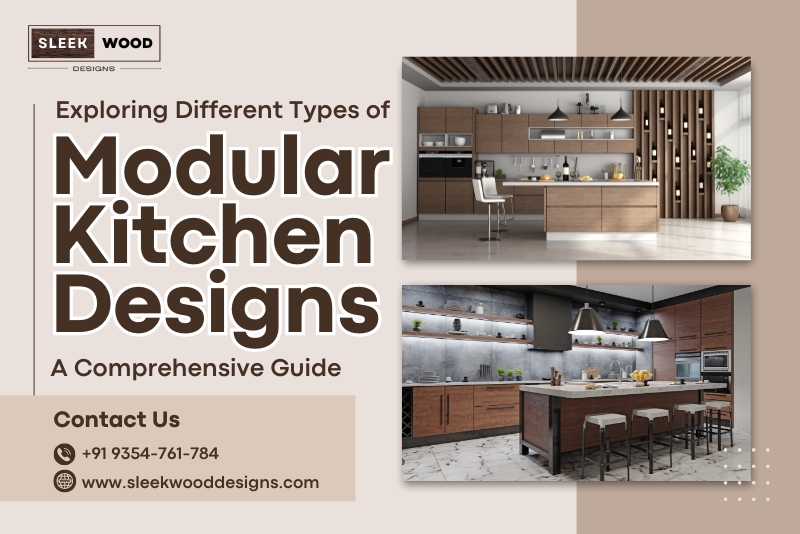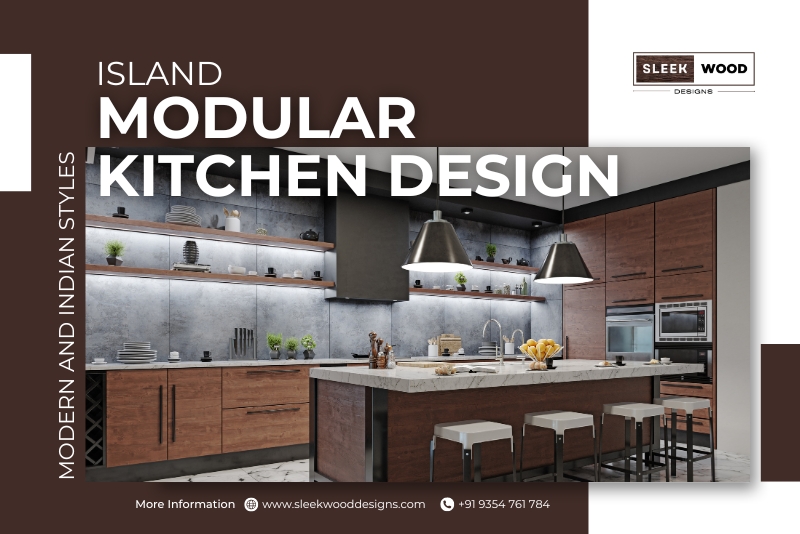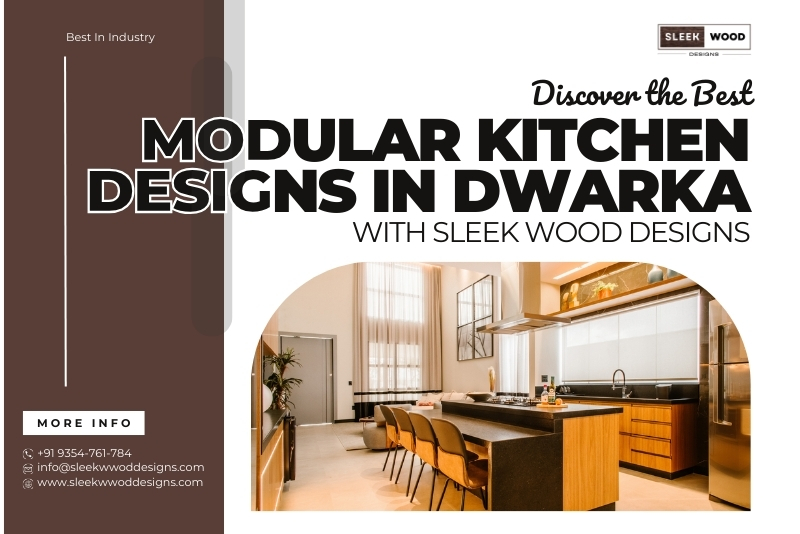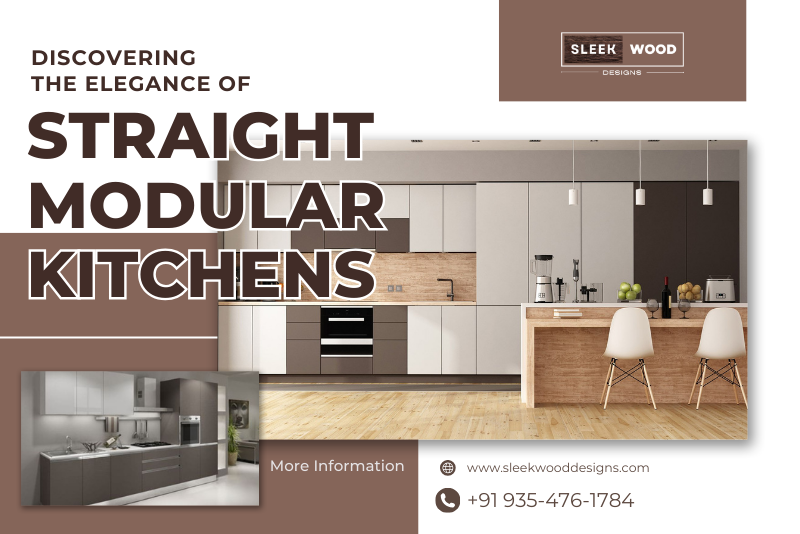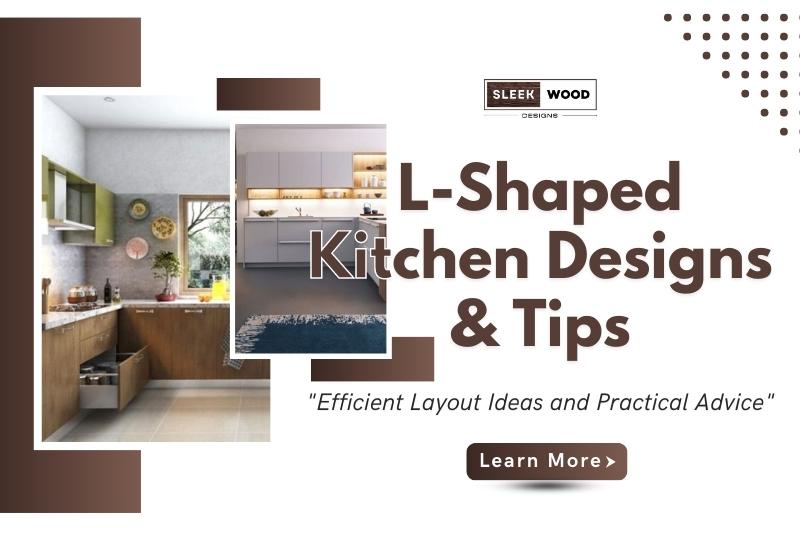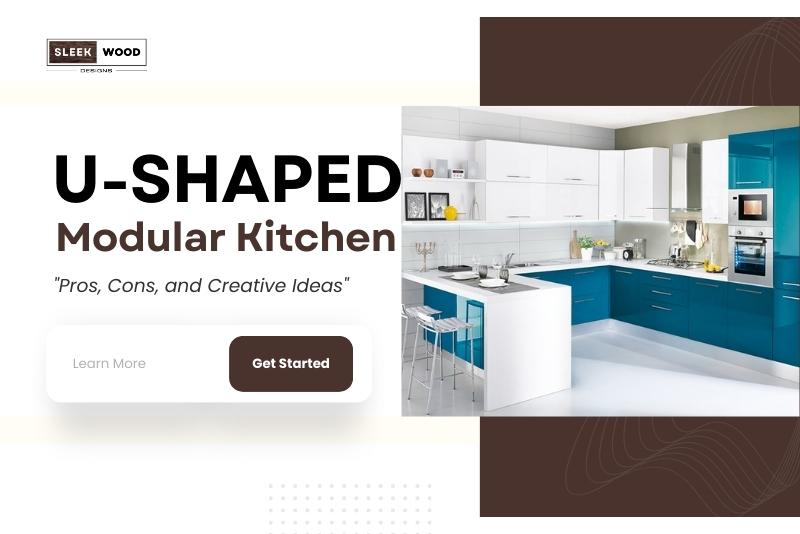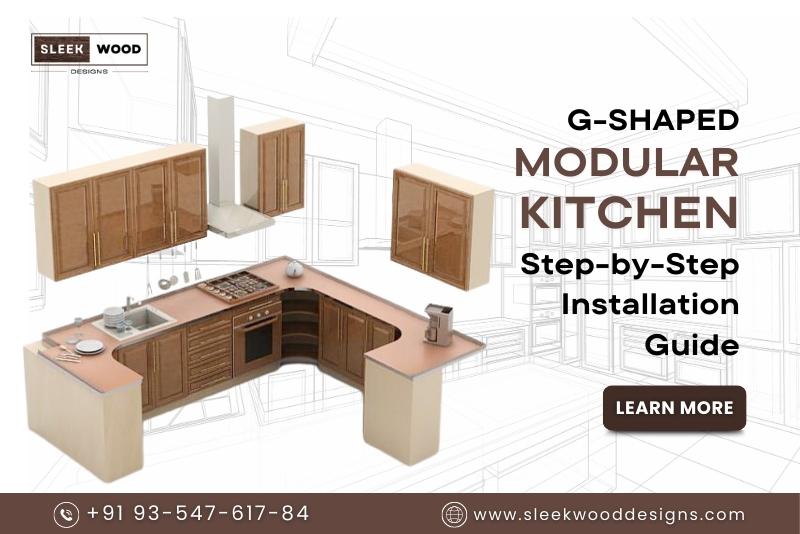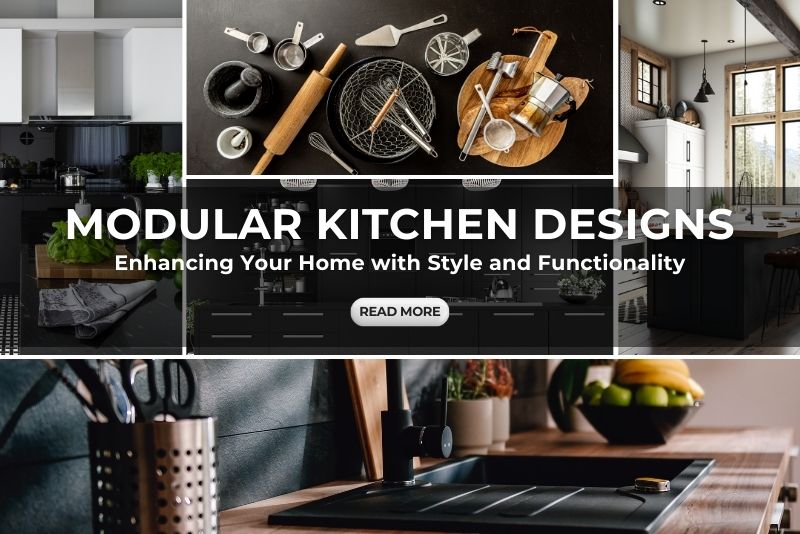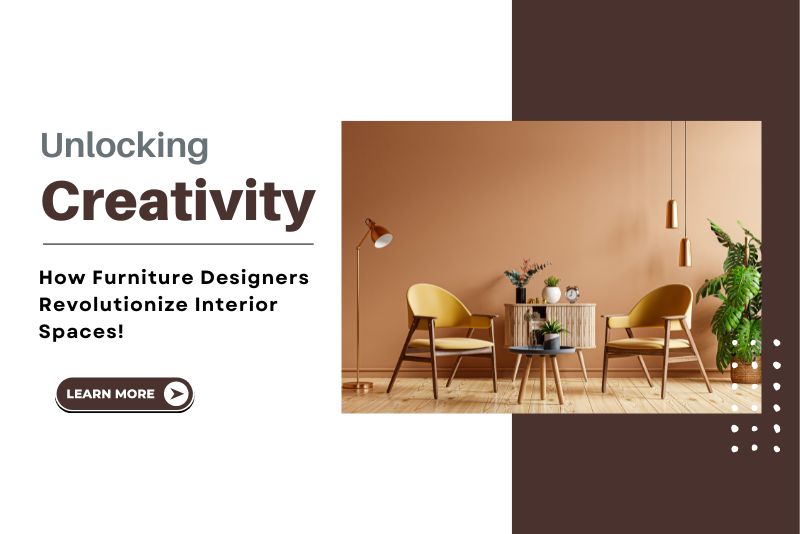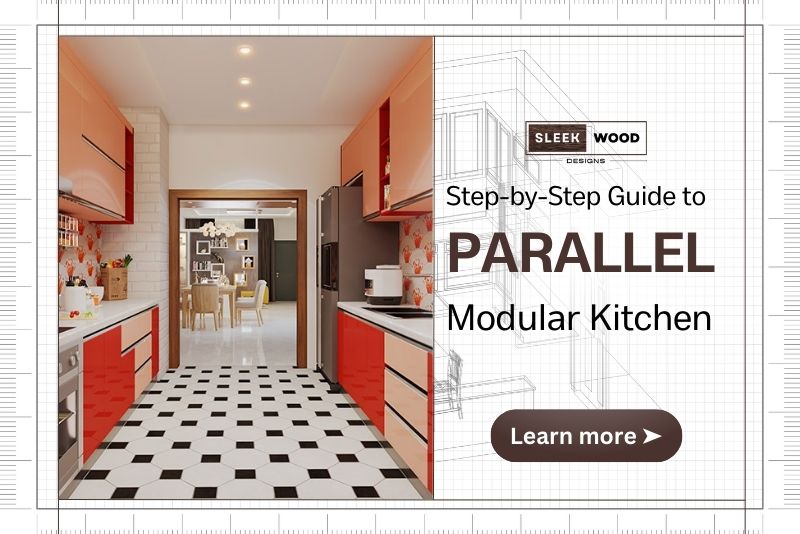
Step-by-Step Guide To Parallel Modular Kitchen Installation
Installing a parallel modular kitchen can transform your cooking space into a functional and aesthetically pleasing area. This step-by-step guide will walk you through the process, ensuring a successful installation. A parallel modular kitchen is a kitchen layout characterized by two parallel rows of countertops or kitchen workspaces, usually positioned on opposite walls of the kitchen area. This design optimizes space and functionality while maintaining an organized and visually appealing kitchen.
Key Points:- Parallel Modular kitchens
- Efficient Workflow: The parallel configuration creates a logical and efficient workflow in the kitchen. One side is typically designated for cooking activities, while the other is used for food preparation and clean-up. This separation of tasks minimizes congestion and enhances productivity in the kitchen.
- Ample Storage: Modular kitchens are renowned for their storage solutions, and parallel layouts are no exception. Cabinets, drawers, and shelves are strategically placed on both sides, ensuring that kitchen essentials are easily accessible. This maximizes storage capacity and minimizes clutter.
- Space Utilization: Parallel modular kitchens are particularly suited for medium to large kitchen spaces. They make efficient use of available space, allowing for multiple individuals to work simultaneously without feeling cramped.
- Customization: These kitchens offer a high degree of customization. You can choose from a wide range of materials, colors, and finishes to match your design preferences, whether you prefer a sleek and modern look or a more traditional aesthetic.
- Appliance Integration: This layout easily accommodates kitchen appliances such as ovens, microwaves, dishwashers, and refrigerators. Integrating these appliances seamlessly into the design enhances both functionality and aesthetics.
- Aesthetic Appeal: Parallel modular kitchens are known for their clean and contemporary appearance. They create a visually pleasing and organized cooking space that complements various interior design styles.
Step By Step Installation Guide - Parallel Modular Kitchen
Installing a parallel modular kitchen involves several steps to ensure a well-organized and efficient cooking space. Here's a step-by-step installation guide:
- Planning and Design: Start by carefully measuring your kitchen space and planning the layout. Consider the placement of appliances, cabinets, and countertops. Create a detailed design that includes precise measurements and placement for all elements.
- Demolition and Preparation: If you're renovating an existing kitchen, remove old cabinets, countertops, and fixtures. Ensure that the walls and floors are in good condition and make any necessary repairs.
- Electrical and Plumbing Work: Depending on your kitchen's design, you may need to install or relocate electrical outlets, switches, and plumbing connections for sinks and appliances. It's essential to hire a professional if you're not experienced in these tasks.
- Flooring: Install or update the flooring in your kitchen. Popular choices include tiles, hardwood, or laminate flooring. Ensure the surface is level and suitable for the kitchen environment.
- Cabinetry Installation: Assemble and install the modular cabinets according to your design plan. Ensure they are level, securely anchored to the wall, and properly aligned. Use quality hardware for durability.
- Countertop Installation: Place and secure the countertops on the cabinets. Common materials include granite, quartz, or laminate. Ensure a tight fit and level surface for cooking and food preparation.
- Appliance Installation: Set up and connect kitchen appliances, including the stove, oven, refrigerator, and dishwasher. Follow manufacturer instructions for proper installation and safety.
- Plumbing and Fixtures: Install the sink, faucet, and other plumbing fixtures. Check for leaks and ensure proper drainage.
- Backsplash and Wall Finishes: Install the backsplash to protect the wall from splashes and spills. You can use tiles, glass, or other materials to match your kitchen's design.
- Lighting and Accessories: Install under-cabinet lighting and other fixtures to illuminate the workspace effectively. Finally, add finishing touches such as cabinet handles, drawer pulls, and any additional accessories or organizers.
- Final Inspection: Conduct a thorough inspection to ensure all elements are correctly installed, and there are no safety or functionality issues.
- Clean-Up and Enjoy: Clean the kitchen thoroughly, removing any debris or construction dust. Once everything is in place, you can start enjoying your newly installed parallel modular kitchen.
Is a Parallel Kitchen Good?
Parallel kitchens are a popular and practical choice for many homeowners, but whether they are "Good" depends on your specific needs and preferences. Here are some advantages and considerations to help you decide if a parallel kitchen is a good fit for you:
Planning and Design
The foundation of any kitchen installation is meticulous planning and design.
- Measure Your Space: Start by accurately measuring your kitchen area. Note the dimensions of the walls, windows, doors, and any other architectural features.
- Layout Design: Decide on the layout. Parallel kitchens have two rows of counters running parallel to each other. Ensure that there's enough space between them for comfortable movement.
- Appliance Placement: Determine where your appliances, like the stove, refrigerator, and dishwasher, will be located. This will influence the placement of electrical and plumbing connections.
Demolition and Preparation
Before you can begin installing your new kitchen, you need to clear the existing space.
- Demolition: If you have an existing kitchen, remove cabinets, countertops, and appliances carefully. Dispose of debris responsibly.
- Wall and Floor Check: Inspect the walls and floors. Repair any damage or imperfections. Ensure the surfaces are level and in good condition.
Electrical and Plumbing Work
This step is crucial for ensuring that your kitchen is functional and safe.
- Electrical Connections: Install or relocate electrical outlets, switches, and lighting fixtures as needed. Consult with a licensed electrician to ensure compliance with safety codes.
- Plumbing Setup: For sinks, dishwashers, and other fixtures, make sure plumbing connections are in place and functioning correctly. Hire a plumber if necessary.
Cabinetry Installation
Your modular kitchen cabinets are the backbone of your kitchen's organization.
- Assemble Cabinets: Assemble the modular cabinets according to the provided instructions. Ensure they are level and secure them to the wall.
- Countertop Placement: Once the cabinets are in place, install the countertops, ensuring a snug fit and proper alignment.
Advantages of Parallel Kitchens:
- Efficient Workflow: Parallel kitchens offer a well-defined cooking and preparation zone. The two parallel counters create a logical workflow, making it easier for multiple people to work simultaneously without getting in each other's way.
- Ample Storage: Modular parallel kitchens typically come with ample storage options. Cabinets, drawers, and shelves on both sides provide plenty of space to organize and store kitchen essentials.
- Space Utilization: These kitchens are ideal for medium to large kitchen spaces, making efficient use of available room. If you have the space, a parallel kitchen can maximize functionality.
- Customization: Parallel kitchens can be customized to match your style and design preferences. You can choose from various materials, colors, and finishes to create a kitchen that suits your aesthetic.
- Appliance Integration: They easily accommodate kitchen appliances, enhancing functionality and making your kitchen more efficient.
Considerations:
- Kitchen Size: Parallel kitchens are not suitable for small kitchen spaces as they may make the area feel cramped. It's essential to have enough room to maintain a comfortable workspace between the two counters.
- Cost: Customization and high-quality materials can increase the cost of a parallel kitchen. Be prepared for potentially higher expenses compared to other kitchen layouts.
- Traffic Flow: Consider the kitchen's location in your home and how it affects traffic flow. In some cases, parallel layouts may not be ideal if they disrupt the flow of movement in the house.
- Maintenance: Maintaining two parallel countertops may require more effort when it comes to cleaning and organization, especially if you have a lot of countertop space.
How Sleek Wood Designs deal with Parallel modular kitchens.
Sleek Wood Designs, Founded by Diwakar Sharma and Pinki, is a company specializing in various design services, including modular kitchens. When it comes to dealing with parallel modular kitchens, here's how Sleek Wood Designs typically approaches the task:
- Initial Consultation: The process often begins with an initial consultation where the client discusses their specific requirements, preferences, and available kitchen space. Diwakar Sharma and Pinki, along with their team, take the time to understand the client's needs and design aspirations.
- Space Assessment: Sleek Wood Designs conducts a thorough assessment of the kitchen space to determine if a parallel layout is suitable. They consider factors such as kitchen size, layout, and traffic flow to ensure that a parallel kitchen will enhance functionality and aesthetics.
- Custom Design: Based on the client's preferences and the space available, Sleek Wood Designs creates a customized design for the parallel modular kitchen. This design includes the placement of countertops, cabinets, appliances, and storage solutions.
- Material Selection: The company offers a wide range of materials, finishes, and colors for the kitchen components. Clients have the flexibility to choose materials that align with their style preferences and budget.
- Installation: Sleek Wood Designs handles the installation process, ensuring that the parallel kitchen is set up correctly and efficiently. This includes the installation of cabinets, countertops, backsplash, appliances, and plumbing fixtures.
- Quality Assurance: The company places a strong emphasis on quality assurance, ensuring that all components of the parallel modular kitchen meet high standards of craftsmanship and durability.
- Functionality and Aesthetics: Sleek Wood Designs aims to strike a balance between functionality and aesthetics in their kitchen designs. They create kitchens that not only look appealing but also provide an efficient and organized workspace.
- Customer Satisfaction: Customer satisfaction is a top priority for Sleek Wood Designs. They work closely with clients throughout the design and installation process, making adjustments as necessary to meet the client's vision.
Conclusion
Whether a parallel kitchen is "Good" for you depends on your kitchen space, cooking habits, and design preferences. If you have the space and enjoy a well-organized and efficient cooking area, a parallel modular kitchen can be an excellent choice. However, it's essential to carefully assess your needs and consult with a kitchen designer or professional to ensure it's the right fit for your home.


